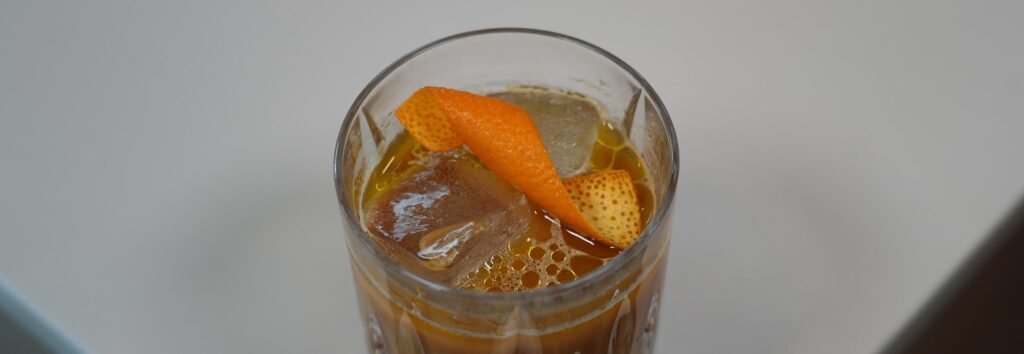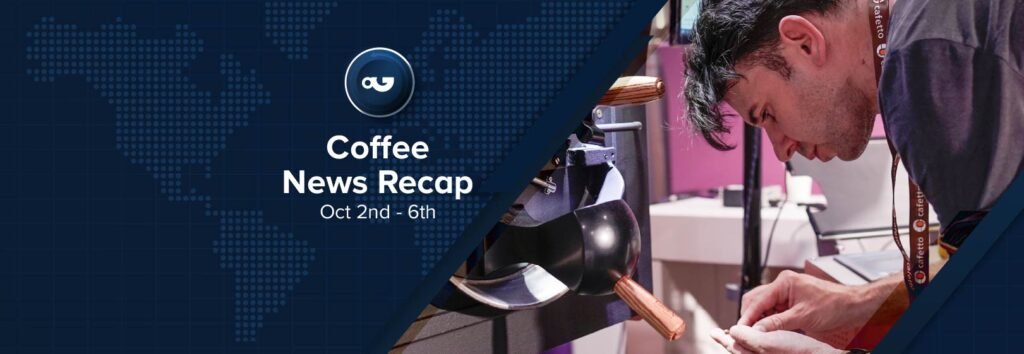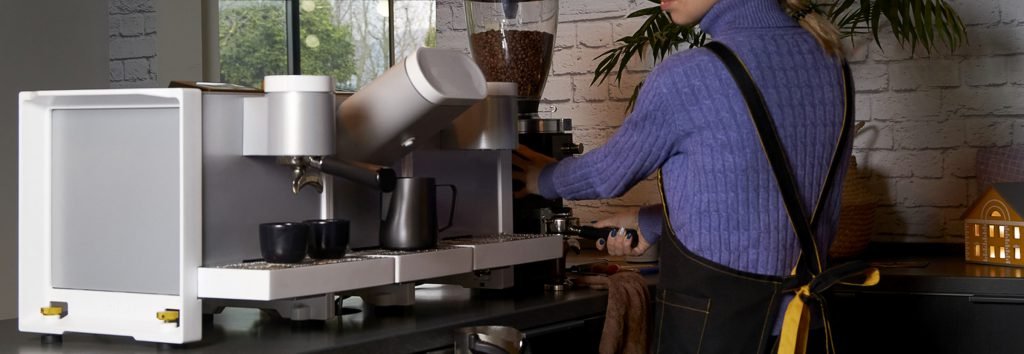In “Perfect Daily Grind: A Guide to Brewing the Perfect Cup of Coffee,” you’ll discover a wealth of information on how to make the best cup of coffee possible. Whether you’re a novice or a seasoned coffee enthusiast, this article will provide you with insights and tips on brewing methods, essential equipment, and the science behind coffee extraction. From understanding the proper water-to-coffee ratio to exploring the various brewing techniques, this guide will help you unlock the full potential of your coffee beans and elevate your brewing skills. Get ready to embark on a journey to the world of coffee perfection!
Perfect Daily Grind: A Guide to Brewing the Perfect Cup of Coffee
Understanding the Basics of Brewing Coffee
When it comes to brewing coffee, understanding the basics is crucial to achieving the perfect cup. One of the key elements to consider is the water-to-coffee ratio. The ideal ratio is generally accepted to be 1:16, meaning one gram of coffee for every 16 grams of water. However, this ratio can be adjusted to suit personal taste preferences.
Temperature is another important factor in brewing coffee. Water that is too hot can result in over-extraction and a bitter taste, while water that is too cold can lead to under-extraction and a weak flavor. The optimal temperature for brewing coffee is typically between 195 and 205°F (90-96°C).
Choosing the Right Coffee Beans
To brew the perfect cup of coffee, it’s essential to start with the right coffee beans. There are two main types of coffee beans: Arabica and Robusta. Arabica beans are known for their delicate flavors and acidity, while Robusta beans are bolder with higher caffeine content.
When selecting coffee beans, choose beans that have been freshly roasted. Look for beans with a roast date within the past two to four weeks. This ensures that you are getting the freshest flavor possible.

This image is property of perfectdailygrind.com.
Grinding Your Coffee Beans
Grinding your coffee beans just before brewing is essential for the best flavor. The grind size of the coffee beans will depend on the brewing method you choose. For example, a finer grind is generally used for espresso, while a coarser grind is used for French press.
Investing in a good quality coffee grinder is worthwhile for achieving consistent grind size. Burr grinders are recommended for their ability to produce an even grind, which leads to more balanced extraction and optimal flavor.
Measuring the Perfect Coffee-to-Water Ratio
Measuring the right amount of coffee and water is crucial for achieving a balanced and flavorful cup of coffee. As mentioned earlier, the generally accepted coffee-to-water ratio is 1:16. However, this ratio can be adjusted to suit personal preferences.
To measure the coffee and water accurately, use a scale to weigh the ingredients. This ensures consistency and eliminates any guesswork. For example, if you are using 25 grams of coffee, you would need 400 grams of water.

This image is property of perfectdailygrind.com.
Selecting the Right Brewing Method
There are numerous brewing methods available, each with its own unique flavor profile and brewing technique. Some popular brewing methods include pour-over, French press, AeroPress, and espresso.
When selecting a brewing method, consider your taste preferences and the brewing equipment you have available. Each method requires different equipment and techniques, so choose one that suits your needs and preferences.
The Importance of Water Quality
Water quality plays a significant role in the flavor of your brewed coffee. Ideally, use filtered water that is free from impurities like chlorine or minerals that can affect the taste. The water should also be at the optimal temperature for brewing, between 195 and 205°F (90-96°C).
If you are using tap water, consider using a water filter or bottled water to ensure the best possible flavor. Avoid using distilled or softened water, as they can result in a flat-tasting cup of coffee.

This image is property of perfectdailygrind.com.
Mastering the Brewing Technique
Once you have chosen your brewing method and prepared your coffee and water, it’s time to master the brewing technique. Each brewing method requires specific techniques, such as pouring water in a circular motion for pour-over or controlling the pressure for espresso.
Take the time to learn and practice these techniques to achieve consistent and delicious results. Pay attention to details like bloom time, water flow rate, and extraction time to fine-tune your brewing technique.
Understanding Brew Times and Temperatures
Brew times and temperatures vary depending on the brewing method used. For pour-over, a typical brew time is around 3-4 minutes, while espresso extraction usually takes around 25-30 seconds. French press requires a longer brew time of about 4-5 minutes.
It’s essential to follow the recommended brew times and temperatures for each brewing method to achieve the best flavor extraction. Experimenting with brew times and temperatures can also help you customize the flavor to your liking.

This image is property of perfectdailygrind.com.
Experimenting with Different Variables
Brewing coffee is an art, and part of the fun is experimenting with different variables to discover new flavors and aromas. Some variables you can adjust include grind size, brewing time, water temperature, and coffee-to-water ratio.
By making small adjustments to these variables, you can create different flavor profiles to suit your preferences. Keep a record of your experiments to track what works best for each brewing method and coffee bean.
Troubleshooting Common Brewing Mistakes
Even the most experienced coffee brewers can make mistakes. Common brewing errors include over-extraction, under-extraction, inconsistent grind size, and improper water temperature.
If you encounter any of these issues, try adjusting the variables mentioned earlier. For example, if your coffee tastes bitter, try using a coarser grind or reducing the brewing time. If your coffee tastes weak, try using a finer grind or increasing the brewing time.

This image is property of perfectdailygrind.com.
Wrapping Up and Enjoying Your Perfect Cup of Coffee
After all the preparation and experimentation, it’s time to enjoy your perfect cup of coffee. Find a quiet space, sit back, and savor the flavors and aromas. Take note of the unique characteristics of the coffee beans and brewing method you chose.
Remember to clean your brewing equipment and store your coffee beans properly to maintain their freshness. With practice and attention to detail, you can consistently brew the perfect cup of coffee every time.
In conclusion, brewing the perfect cup of coffee requires an understanding of the basics, choosing the right coffee beans, grinding them properly, and using the correct coffee-to-water ratio. It’s important to select the appropriate brewing method, consider water quality, master the brewing technique, and experiment with different variables. By troubleshooting common brewing mistakes and taking the time to enjoy your creation, you can consistently brew the perfect cup of coffee.


